Improper disposal of printed circuit boards (PCBs) poses significant environmental risks, including soil and water contamination, as well as health hazards due to toxic chemicals. When PCBs are not handled or discarded responsibly, they can release harmful substances into the environment, affecting ecosystems and human health. In this comprehensive guide, we’ll dive deep into the environmental risks of PCB disposal, explore how PCB contamination affects soil and water, and highlight the health hazards tied to toxic chemicals in PCBs. Let’s uncover the hidden dangers and learn why proper disposal methods are critical for a sustainable future.
What Are PCBs and Why Are They a Concern?
Printed circuit boards are the backbone of modern electronics, found in everything from smartphones to industrial machinery. These boards are made of layers of materials, including fiberglass, copper, and various chemicals used in soldering and coatings. While they are essential for technology, the materials within PCBs can become dangerous when not disposed of correctly.
PCBs often contain toxic chemicals like lead, mercury, cadmium, and brominated flame retardants. If these boards end up in landfills or are incinerated improperly, these substances can leach into the environment, leading to PCB contamination in soil and water. This contamination doesn’t just harm the planet; it poses serious health hazards to humans and wildlife. Understanding the environmental risks of PCB disposal starts with recognizing the potential for long-term damage caused by these toxic components.
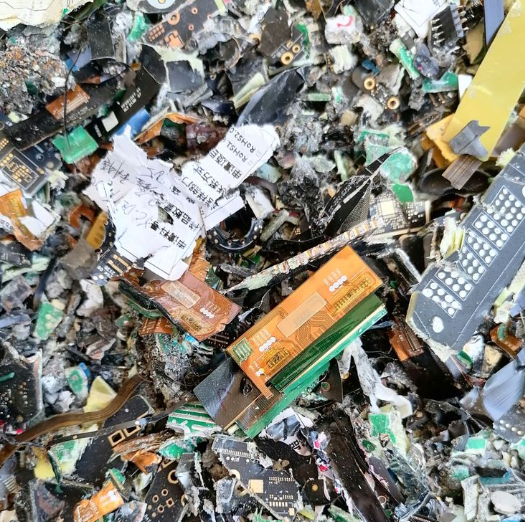
The Environmental Risks of PCB Disposal
The improper disposal of PCBs creates a ripple effect of environmental damage. When these boards are thrown into regular waste streams or left in unregulated dumps, the toxic chemicals inside them can escape into the surrounding environment. Let’s break down the key environmental risks tied to PCB disposal.
1. PCB Contamination in Soil
One of the most pressing issues with improper PCB disposal is soil contamination. When PCBs are discarded in landfills or open areas without proper containment, the toxic chemicals within them—such as lead and cadmium—can seep into the ground. Over time, these substances accumulate in the soil, making it unsafe for agriculture and disrupting local ecosystems.
For example, studies have shown that heavy metals from electronic waste can remain in soil for decades, reducing soil fertility and harming plant life. Contaminated soil can also affect food chains, as crops grown in such areas may absorb these toxins, eventually reaching humans and animals. The environmental risks of PCB disposal in terms of soil contamination are not just a local problem; wind and erosion can spread contaminated particles to wider areas, amplifying the damage.
2. PCB Contamination in Water
Water bodies are equally vulnerable to PCB contamination. When discarded PCBs are exposed to rain or flooding, toxic chemicals can wash into nearby rivers, lakes, and groundwater. This contamination poses a severe threat to aquatic life, as fish and other organisms can ingest or absorb these pollutants, leading to bioaccumulation.
A notable case of PCB contamination in water is the Hudson River in the United States, where industrial discharge of polychlorinated biphenyls (a different but related type of PCB chemical) led to widespread pollution, affecting nearly 200 miles of the river system. Such incidents highlight how improper disposal practices can turn water resources into toxic zones, unfit for drinking, fishing, or recreation. The environmental risks of PCB disposal extend to every drop of water impacted by these hazardous materials.
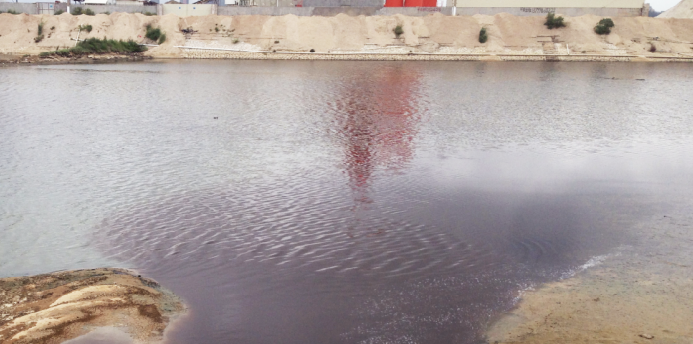
3. Air Pollution from Improper Incineration
Another critical environmental risk of PCB disposal comes from incineration. When PCBs are burned in uncontrolled or low-temperature environments, they release toxic fumes, including dioxins and furans, into the air. These pollutants are highly toxic and can travel long distances through wind, affecting air quality far beyond the disposal site.
Inhaling these fumes or being exposed to them over time can lead to serious health issues, which we’ll discuss later. Additionally, the release of greenhouse gases during incineration contributes to climate change, adding another layer of environmental harm. Proper disposal methods, such as high-temperature incineration in regulated facilities, are essential to minimize these risks.
Health Hazards of PCB Disposal
Beyond environmental damage, the health hazards of PCB disposal are a major concern. The toxic chemicals in PCBs can directly and indirectly impact human health through exposure pathways like contaminated food, water, and air. Let’s explore the specific health risks associated with improper PCB disposal.
1. Exposure to Toxic Chemicals in PCBs
PCBs often contain heavy metals like lead, mercury, and cadmium, as well as chemical compounds like brominated flame retardants. When these materials are released into the environment due to improper disposal, humans can be exposed through various means. For instance, lead exposure can cause neurological damage, especially in children, leading to developmental delays and learning difficulties.
Mercury, another common PCB component, is known to affect the nervous system and can accumulate in the body over time. Brominated flame retardants, used to prevent fires in electronics, have been linked to hormonal disruptions and potential carcinogenic effects. The health hazards of PCB disposal are not just immediate but can persist for generations as these toxins build up in the body and environment.
2. Risks from Contaminated Food and Water
As PCB contamination spreads to soil and water, it enters the food chain. Crops grown in contaminated soil or fish living in polluted waters can carry toxic chemicals into the human diet. Consuming these contaminated food sources over time can lead to chronic health issues, including cancer, immune system suppression, and reproductive problems.
For example, communities near polluted water bodies have reported higher incidences of health problems tied to long-term exposure to toxic chemicals. This connection between environmental contamination and human health underscores why the health hazards of PCB disposal cannot be ignored.
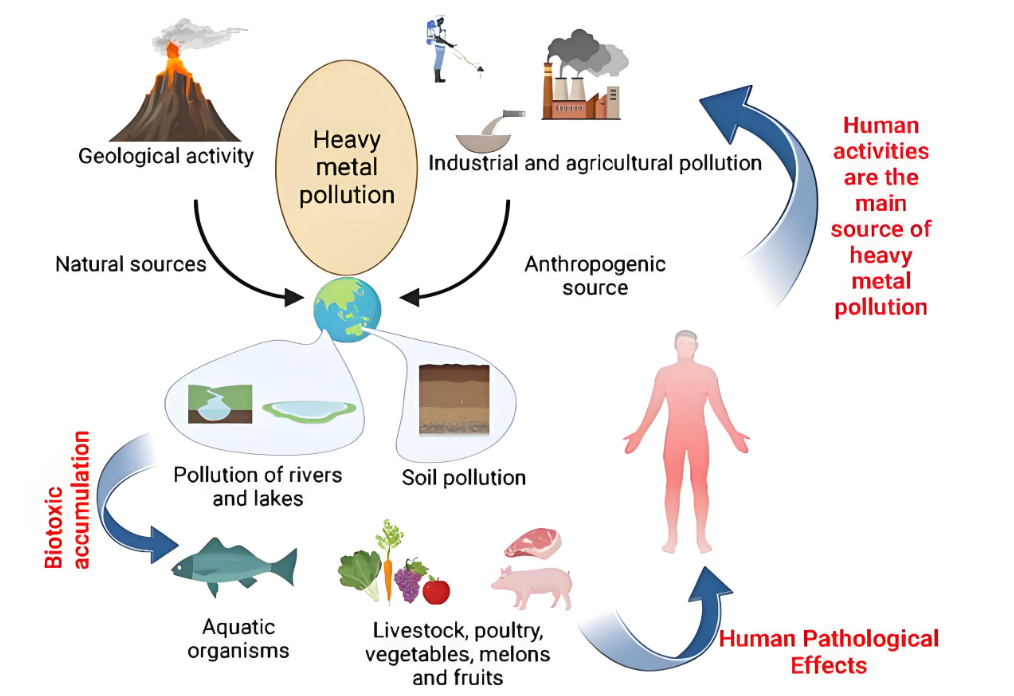
The Role of Toxic Chemicals in PCBs
The toxic chemicals in PCBs are at the heart of the environmental and health risks associated with improper disposal. These substances are often used to enhance the performance and durability of electronic components, but they become dangerous when released into the environment. Let’s take a closer look at some of the key toxic chemicals in PCBs and their impacts.
1. Heavy Metals
Heavy metals like lead, mercury, and cadmium are commonly found in PCB components such as solder and connectors. These metals are persistent in the environment, meaning they do not break down easily and can remain in soil and water for decades. Their toxicity can disrupt biological processes in plants, animals, and humans, leading to widespread ecological and health damage.
2. Brominated Flame Retardants
Brominated flame retardants are chemicals added to PCBs to reduce the risk of fire. While they serve an important safety function, these compounds are highly toxic when released. They can interfere with endocrine systems, potentially causing developmental and reproductive issues. Their persistence in the environment also means that even small amounts released during improper disposal can have long-lasting effects.
3. Polychlorinated Biphenyls (Chemical PCBs)
While not directly related to printed circuit boards, it’s worth noting that polychlorinated biphenyls (a group of industrial chemicals also abbreviated as PCBs) were historically used in electrical equipment and can be found in older electronic waste. These chemicals are extremely persistent and bioaccumulative, posing similar risks to the toxic components in modern PCBs. Their presence in the environment serves as a reminder of the long-term consequences of improper disposal practices.
Why Proper PCB Disposal Matters
Given the environmental risks of PCB disposal and the health hazards tied to toxic chemicals in PCBs, it’s clear that proper disposal methods are non-negotiable. Responsible disposal not only protects the planet but also safeguards human health and preserves resources for future generations. Here are a few reasons why proper PCB disposal should be a priority for individuals, businesses, and governments.
First, proper disposal prevents PCB contamination in soil and water, preserving natural ecosystems. Specialized recycling programs can recover valuable materials like copper and gold from PCBs, reducing the need for mining and conserving resources. Additionally, regulated disposal methods, such as high-temperature incineration or chemical treatment, minimize the release of toxic substances into the air.
Second, safe disposal practices reduce the health hazards of PCB disposal. By keeping toxic chemicals out of the environment, we lower the risk of exposure through contaminated food, water, and air. This is especially critical for vulnerable populations, such as children and pregnant women, who are more susceptible to the effects of pollutants.
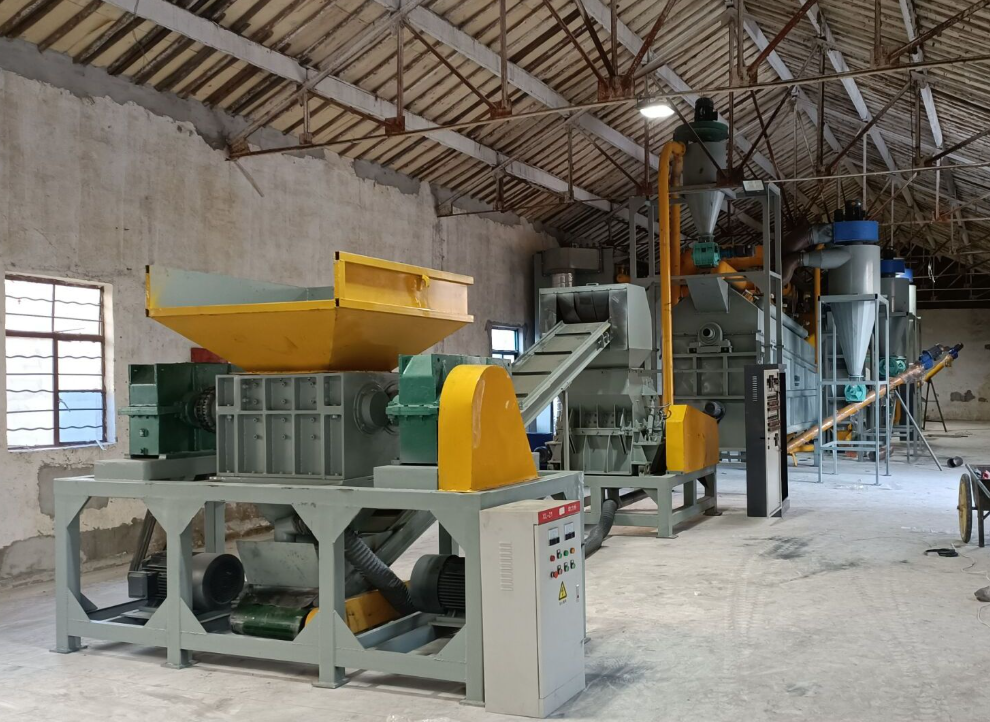
How to Dispose of PCBs Responsibly
Understanding the environmental risks of PCB disposal is the first step, but taking action is equally important. Here are some practical steps to ensure responsible PCB disposal:
- Partner with Certified Recyclers: Work with certified e-waste recycling facilities that follow strict environmental guidelines to handle and process PCBs safely.
- Avoid Landfills: Never dispose of PCBs in regular trash or unregulated dumps, as this increases the risk of contamination.
- Support Regulations: Advocate for and comply with local and international regulations on e-waste disposal to ensure safe practices are followed.
- Educate Others: Spread awareness about the dangers of improper PCB disposal and encourage sustainable practices in your community or industry.
Conclusion: A Call to Action for Sustainable Practices
The hidden dangers of improper PCB disposal are too significant to ignore. From PCB contamination in soil and water to the health hazards posed by toxic chemicals in PCBs, the environmental risks of PCB disposal affect us all. By understanding these risks and committing to responsible disposal methods, we can protect our planet and our health from the long-term consequences of e-waste pollution.
At ALLPCB, we are dedicated to promoting sustainable practices in the electronics industry. Proper PCB disposal is not just a regulatory requirement; it’s a moral responsibility to ensure a cleaner, safer world. Let’s work together to address the environmental risks of PCB disposal and build a future where technology and sustainability go hand in hand.
Image Placement Suggestion: End with an image of a clean, green environment juxtaposed with a recycling symbol. ALT Text: "Green environment with recycling symbol promoting sustainable PCB disposal."
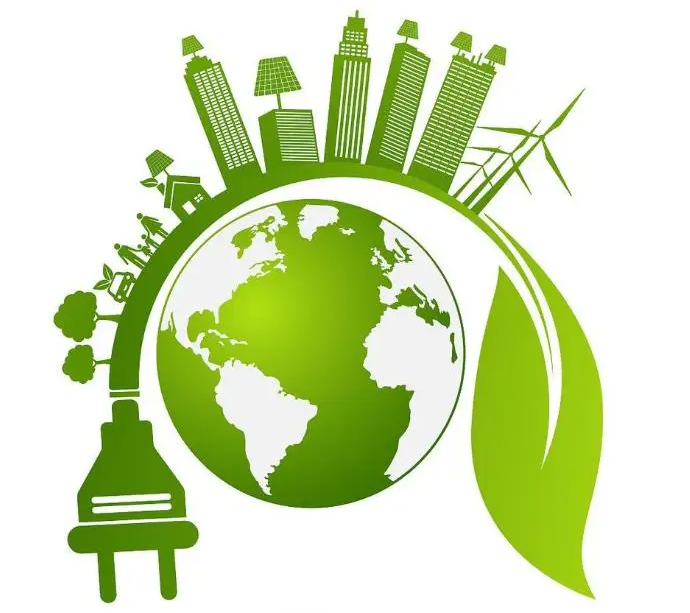
 ALLPCB
ALLPCB







